Home>Dining>Events & Etiquette>How Do Mexicans Set A Dinner Table: Manners
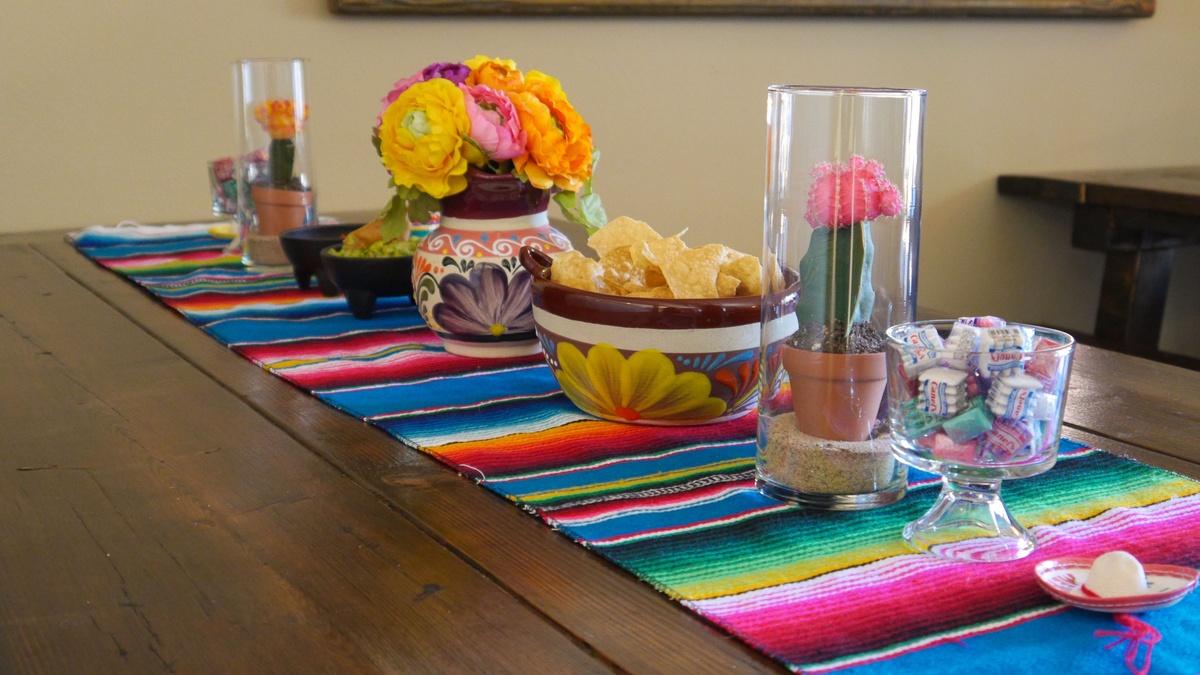

Events & Etiquette
How Do Mexicans Set A Dinner Table: Manners
Modified: January 18, 2024
Learn proper Mexican dinner table etiquette and manners for events and celebrations in this comprehensive guide. Enhance your dining experience with our tips and traditions.
(Many of the links in this article redirect to a specific reviewed product. Your purchase of these products through affiliate links helps to generate commission for Storables.com, at no extra cost. Learn more)
Introduction
When it comes to hosting a dinner party or attending a formal gathering, proper etiquette plays a significant role in creating a pleasant and harmonious atmosphere. One country known for its rich cultural traditions and hospitality is Mexico. Mexican dinner table etiquette is deeply rooted in the country’s vibrant history and customs, reflecting the warmth and generosity of its people.
In this article, we will explore the art of setting a Mexican dinner table, learn about the dining etiquette in Mexican culture, and discover the customs and traditions that shape these gatherings. So, whether you’re planning to host a Mexican-themed dinner party or simply want to embrace the etiquette of another culture, this guide will provide you with valuable insights.
From the carefully arranged table setting to the sharing of food and the toasting rituals, every aspect of a Mexican dinner party reflects celebration, togetherness, and appreciation for good company. So, let’s dive into the world of Mexican dining etiquette and discover the charming customs that bring people closer around the table.
Key Takeaways:
- Embrace the vibrant and inclusive Mexican dining etiquette, from colorful table settings to family-style sharing, to create a warm and memorable atmosphere for any gathering.
- Show respect for Mexican culture by understanding traditional dining customs, such as toasting etiquette and napkin use, to enhance the experience and foster meaningful connections.
Traditional Mexican Dinner Table Setting
The traditional Mexican dinner table setting is a visual feast that embodies the culture’s vibrant and colorful spirit. Each element is carefully placed to create a harmonious and inviting ambiance for guests. Let’s explore the key components of a traditional Mexican dinner table setting:
- Tablecloth: A beautiful, colorful tablecloth, often handwoven and adorned with intricate patterns, is used to cover the table. The tablecloth reflects the Mexican culture’s love for vibrant colors and adds a festive touch to the setting.
- Centerpiece: A centerpiece is an essential part of a Mexican dinner table. It usually features fresh flowers, such as marigolds or sunflowers, which are symbolic of happiness and abundance. Additionally, candles may be added to create a warm and inviting atmosphere.
- Dinnerware: The dinnerware used in Mexican table settings is often made of traditional ceramics, such as talavera or majolica. These hand-painted dishes showcase intricate designs and patterns, adding a touch of artistry to the dining experience. Each guest is typically provided with a dinner plate, a soup bowl, and a smaller plate for bread and butter.
- Flatware: In Mexican dining etiquette, silverware is not as commonly used as it is in some other cultures. Instead, the focus is on the interaction between guests and the joy of eating with one’s hands. However, you may find a spoon and a fork on the table for certain dishes.
- Glassware: Mexican dinner tables often feature a variety of glassware, including wine glasses, water glasses, and sometimes, traditional clay cups known as jarritos. The type of glassware used depends on the beverages being served.
The traditional Mexican dinner table setting is a reflection of the country’s vibrant culture and its emphasis on warmth, hospitality, and celebration. The combination of colorful tablecloths, hand-painted ceramics, and fresh flowers creates an inviting and visually appealing atmosphere that sets the stage for a memorable dining experience.
Dining Etiquette in Mexican Culture
In Mexican culture, dining is more than just a means of sustenance; it is a cherished social activity that brings people together. Understanding the dining etiquette in Mexican culture will not only help you navigate formal gatherings but also allow you to fully appreciate the customs and traditions associated with Mexican cuisine. Here are some key aspects of dining etiquette in Mexican culture:
- Buen provecho: Before starting the meal, it is customary to say “buen provecho,” which is the Mexican equivalent of “enjoy your meal.” This shows respect for the food and sets a positive tone for the gathering.
- Respect for the host: Mexican culture places great importance on respect for the host. It is polite to wait for the host or the most distinguished guest to start eating before you begin your meal. This gesture demonstrates deference and appreciation for their role in organizing the gathering.
- Passing and sharing food: Mexican dining is often a family-style affair, with dishes placed in the center of the table for everyone to share. It is customary to pass the plates clockwise, allowing everyone to serve themselves before taking a portion for yourself.
- Using your hands: In Mexican culture, it is acceptable to eat certain dishes, such as tacos, tamales, or tortas, using your hands. However, always remember to use your dominant hand and avoid licking your fingers. If utensils are provided, use them accordingly.
- Engaging in conversation: Mexican meals are not just about the food; they are an opportunity to connect with others. Engage in pleasant conversation, demonstrate interest in others, and avoid bringing up controversial topics. Mexicans are known for their warm hospitality and love for lively conversations!
- Cultural sensitivity: If you are attending a Mexican dinner party as a guest, it is important to be culturally sensitive. Familiarize yourself with basic Spanish phrases and customs, such as saying “por favor” (please) and “gracias” (thank you). Showing respect for the language and traditions will be appreciated by your Mexican hosts.
By following these dining etiquette tips, you will not only show respect for the Mexican culture but also enhance your dining experience. Mexican cuisine is best enjoyed in the company of others, and understanding and embracing the customs associated with it will ensure a memorable and harmonious gathering.
Common Utensils and Serveware
In Mexican dining etiquette, while eating with hands is often embraced for certain dishes, there are still common utensils and serveware that you may encounter during a meal. These tools assist in serving and enjoying the delectable Mexican cuisine. Here are some common utensils and serveware you may come across:
- Molcajete: A molcajete is a traditional Mexican mortar and pestle made of volcanic stone. It is used to grind and mix ingredients, such as spices, salsas, and guacamole. The rough surface of the molcajete imparts a unique flavor to the dishes prepared in it.
- Molino: A molino is a traditional Mexican hand-cranked mill used to grind corn, spices, or other ingredients, especially for making masa dough. It is an essential tool for preparing authentic Mexican dishes like tortillas and tamales.
- Mexican clay cookware: Another common aspect of Mexican dining is the use of traditional clay cookware. These earthenware pots and pans, often referred to as cazuelas, impart a distinct flavor to the dishes. They can be used for cooking stews, moles, and other flavorful Mexican recipes.
- Tortilla press: A tortilla press is a simple yet indispensable tool for making homemade tortillas. It consists of two flat surfaces, typically made of wood or metal, used to press and shape masa dough into perfectly round and thin tortillas.
- Tasas: Tasas are traditional Mexican cups made of clay or ceramic. They are often used for serving hot chocolate or atole, traditional Mexican beverages. These cups are known for their intricate designs and provide an authentic touch to the dining experience.
- Tongs: Tongs, especially long-handled ones, are commonly used for serving grilled meats, vegetables, or large dishes. They allow for easy handling and transferring of hot foods without the need for direct hand contact.
- Serving platters: Mexican cuisine is known for its flavorful and varied dishes. Serving platters, such as clay cazuelas or colorful hand-painted ceramic plates, are used to present the diverse range of foods, from enchiladas and chiles rellenos to tamales and pozole.
The use of these utensils and serveware enhances the authenticity and experience of Mexican dining. Whether it’s grinding spices in a molcajete or serving homemade tortillas on a colorful ceramic plate, these tools contribute to the traditional charm and flavors of Mexican cuisine.
Napkin Etiquette
In Mexican dining etiquette, the proper use of a napkin is an important aspect of table manners. The napkin serves both functional and symbolic purposes, and understanding the etiquette surrounding its use can enhance your dining experience. Here are some key points to keep in mind when it comes to napkin etiquette in Mexican culture:
- Placement: In a formal Mexican dinner setting, the napkin is typically placed on the left side of the plate or in the center. It may be folded in a simple rectangle or creatively folded into an intricate design. The host will often set an example by unfolding their napkin first.
- Using the napkin: Once seated, unfold your napkin and place it on your lap. Use it to gently pat your mouth or wipe your fingers, as needed, throughout the meal. However, avoid using the napkin excessively or wiping your face vigorously, as this may appear impolite.
- Signal for finishing the meal: When you have finished your meal, loosely fold your napkin and place it to the left of your plate. This serves as a signal to the host that you are done. However, if you leave the table temporarily during the meal, place your napkin on your chair to indicate that you will be returning.
- Leaving the table: If you need to leave the table temporarily during the meal, place your napkin on your chair rather than on the table. This indicates that you will be returning and keeps your napkin clean and reserved for your use.
- Final gesture: At the end of the meal, when it’s time to say farewell and leave the table, leave your napkin neatly folded to the left of your plate. This signifies that you have thoroughly enjoyed the meal and appreciate the hospitality of your host.
Napkin etiquette in Mexican culture is all about showing respect and maintaining cleanliness during the meal. By following these guidelines, you can demonstrate your appreciation for the food and the efforts of the host while creating a polished and elegant dining experience.
When setting a dinner table in Mexico, place the napkin on the plate, use utensils from the outside in, and keep your hands visible at all times.
Read more: What To Do At A Dinner Party
Seating Arrangements
Seating arrangements play a crucial role in Mexican dining etiquette, as they reflect the hierarchical structure and respect for social norms. Understanding the traditional seating etiquette can help ensure a harmonious atmosphere during a Mexican dinner gathering. Here are some key points to consider:
- Host’s seat: The host or the most honored guest typically sits at the head of the table, referred to as the “lugar de honor.” This seat is considered the most important and is usually reserved for someone deserving of recognition or respect.
- Family dynamics: Mexican culture values family and close relationships. In a family setting, it is common for immediate family members to sit together or close to each other. This promotes a sense of unity and strengthens familial bonds.
- Gender and age: Traditional Mexican etiquette may dictate seating arrangements based on gender and age. Men are often seated next to women, and elder family members are given seats of honor. However, these customs may have evolved in modern times, so it’s important to observe the specific dynamics of the gathering.
- Consideration for guests: When hosting a Mexican dinner, it is customary to consider the comfort and preferences of your guests when assigning seating. This may include taking into account individuals’ relationships, interests, or dietary restrictions to ensure an enjoyable and inclusive experience.
- Flexibility: While there are traditional seating arrangements to observe, Mexican culture is known for its warm and welcoming nature. Flexibility is appreciated, especially in casual settings or when accommodating larger groups of people. The emphasis is on creating an inclusive and convivial environment.
When attending a Mexican dinner party or hosting one yourself, it’s important to be mindful of the seating arrangements. By following the customs and showing respect for hierarchy, family dynamics, and the preferences of your guests, you can contribute to a harmonious and enjoyable dining experience.
Beverage and Toasting Etiquette
In Mexican culture, beverages and toasting hold a special place in dining etiquette, adding an element of celebration and camaraderie to the meal. Understanding the customs surrounding beverages and toasting can enhance your experience during a Mexican dinner. Here are some key points to keep in mind:
- Traditional Mexican beverages: Mexican cuisine is known for its diverse and flavorful beverages. Aguas frescas, which are refreshing fruit-based drinks, are commonly served during meals. Other popular options include Mexican soda, tequila, mezcal, and traditional hot beverages like hot chocolate or atole.
- Offering beverages: As a host, it is polite to offer a selection of beverages to your guests. Consider their preferences and dietary restrictions when choosing what to serve. It’s also customary to ask guests if they would like a specific drink before serving one, as this displays consideration and respect.
- Toasting: Toasting is an important part of Mexican dining culture, especially during celebratory or formal gatherings. The host or a distinguished guest often initiates the toast, expressing words of appreciation or well wishes. When toasting, it is customary to make eye contact with the person being toasted and clink glasses gently. Remember to take a sip after the toast as a sign of goodwill.
- Respecting drinking preferences: Not everyone may want to consume alcoholic beverages or certain types of drinks. It’s important to respect each individual’s preferences and offer non-alcoholic alternatives. If someone declines an alcoholic drink, it’s customary not to pressure them or ask for explanations.
- Drinking pace: In Mexican culture, meals are often enjoyed at a leisurely pace, allowing time for conversation and savoring the flavors. It is polite to match the pace of your drinking with that of your dining companions, avoiding drinking too quickly or finishing your drink before others.
- Expressing gratitude: After receiving a beverage or being included in a toast, it is customary to express gratitude. Saying “¡Salud!” (meaning “to your health” or “cheers”) and showing appreciation for the drink and good company is a way to create a positive and convivial atmosphere.
By understanding and embracing the beverage and toasting etiquette in Mexican dining culture, you can participate in the festive spirit of the occasion and show respect for the customs and traditions associated with beverages in Mexico.
Serving and Sharing Food
In Mexican dining etiquette, serving and sharing food is a central aspect that fosters a sense of community and togetherness. The act of sharing meals and passing plates creates a warm and convivial atmosphere. Here are some key points to consider about serving and sharing food in Mexican culture:
- Family-style dining: Mexican meals are often served family-style, with dishes placed in the center of the table for everyone to enjoy. This promotes a sense of sharing and encourages interactions among the guests.
- Passing and serving: When serving or passing dishes, it is customary to do so clockwise. Start with the dish closest to the serving area and continue in that direction. Allow guests to take their portion before serving yourself, showing consideration and deference to others.
- Sharing utensils: In family-style settings, it is common to share utensils with others at the table. For example, a serving spoon can be used to transfer food from the shared dish to your plate. However, it is recommended to use separate utensils or serving tools for hygiene purposes, especially in more formal or public settings.
- Passing and accepting food: When passing food, use the serving utensil or serving dish provided. Politely offer the dish to the person on your left before taking your portion. When accepting a passing dish, remember to say “por favor” (please) and “gracias” (thank you) as a sign of appreciation.
- Equal portions: When serving yourself, be mindful of taking smaller portions to ensure that everyone has an opportunity to enjoy the dish. This consideration demonstrates respect for others and a sense of communal dining.
- Engaging in conversation: While enjoying a shared meal, engage in pleasant conversation with those around you. Take the time to savor the flavors, ask about the dishes, and show interest in the culinary traditions. Mexican dining is not only about the food but also about creating meaningful connections with others.
Serving and sharing food in Mexican culture is a beautiful way to connect with others and celebrate the joy of communal dining. By following these practices, you can contribute to a welcoming and inclusive atmosphere, where everyone can indulge in the delicious flavors of Mexican cuisine.
Conclusion
Exploring the world of Mexican dining etiquette has revealed a rich tapestry of customs and traditions that add depth and meaning to the act of sharing a meal. From the vibrant and carefully arranged table settings to the warm and inclusive atmosphere created through family-style dining, Mexican culture places great importance on hospitality, respect, and togetherness.
Understanding the traditional Mexican dinner table setting, dining etiquette, and the customs surrounding utensils, napkins, seating arrangements, beverages, and food sharing provides a deeper appreciation for the culture and enhances the overall dining experience.
Whether you are hosting a Mexican-themed dinner party or attending a formal gathering, incorporating these practices into your event will create an atmosphere of celebration and camaraderie. Embrace the art of setting a beautifully adorned table, engage in lively conversations, and savor the flavorful dishes that reflect the richness of Mexican cuisine.
By respecting the customs and traditions of Mexican dining etiquette, you not only show appreciation for the culture but also create an environment where memories are made and deep connections are forged. So, raise your glass in a toast of “¡Salud!” and immerse yourself in the delightful world of Mexican dining etiquette.
Frequently Asked Questions about How Do Mexicans Set A Dinner Table: Manners
Was this page helpful?
At Storables.com, we guarantee accurate and reliable information. Our content, validated by Expert Board Contributors, is crafted following stringent Editorial Policies. We're committed to providing you with well-researched, expert-backed insights for all your informational needs.
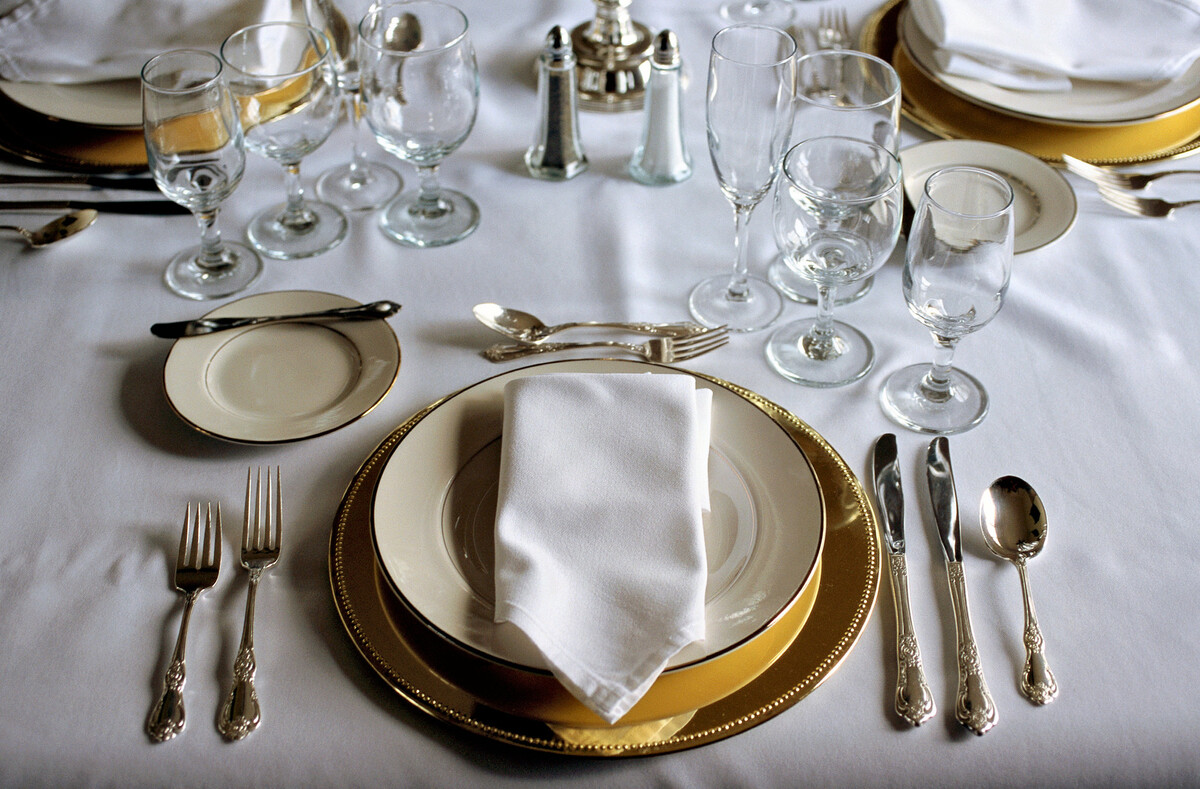

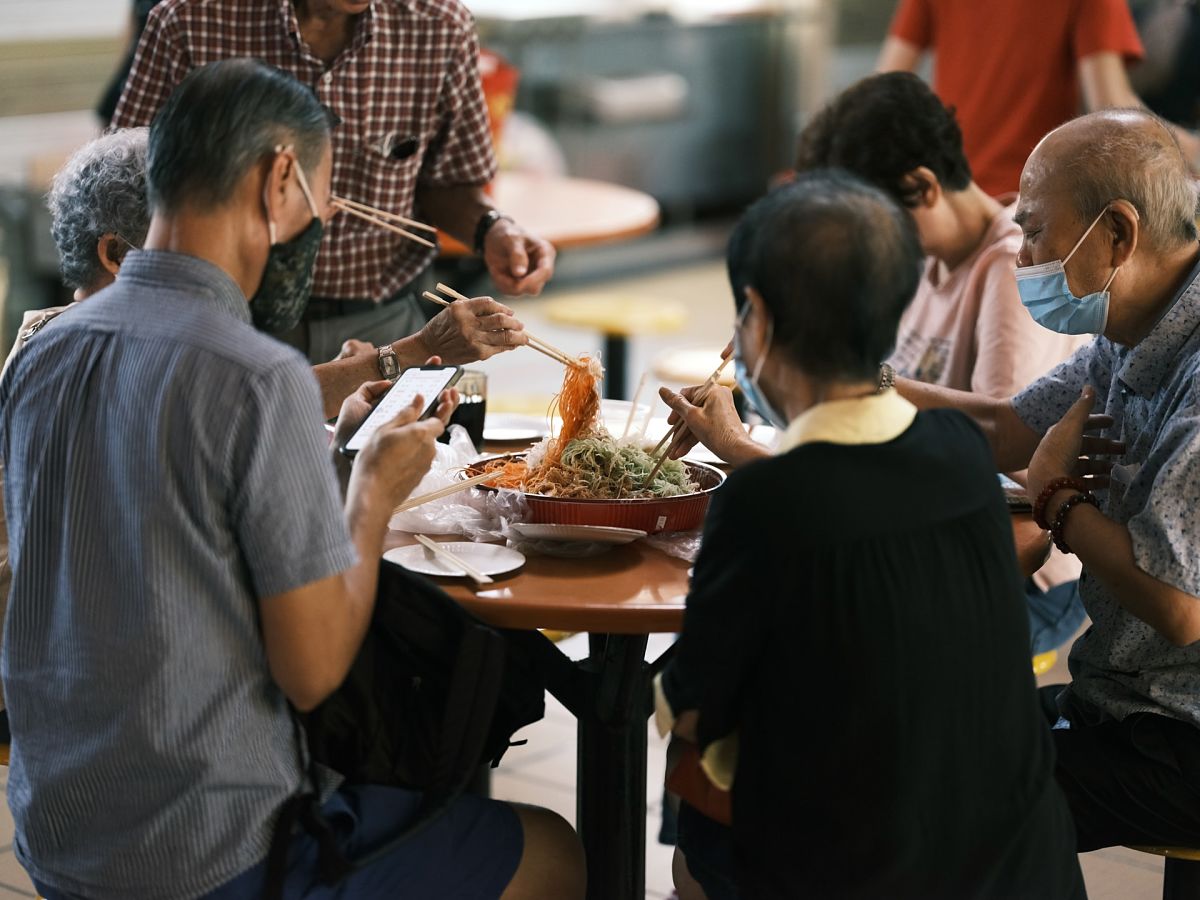
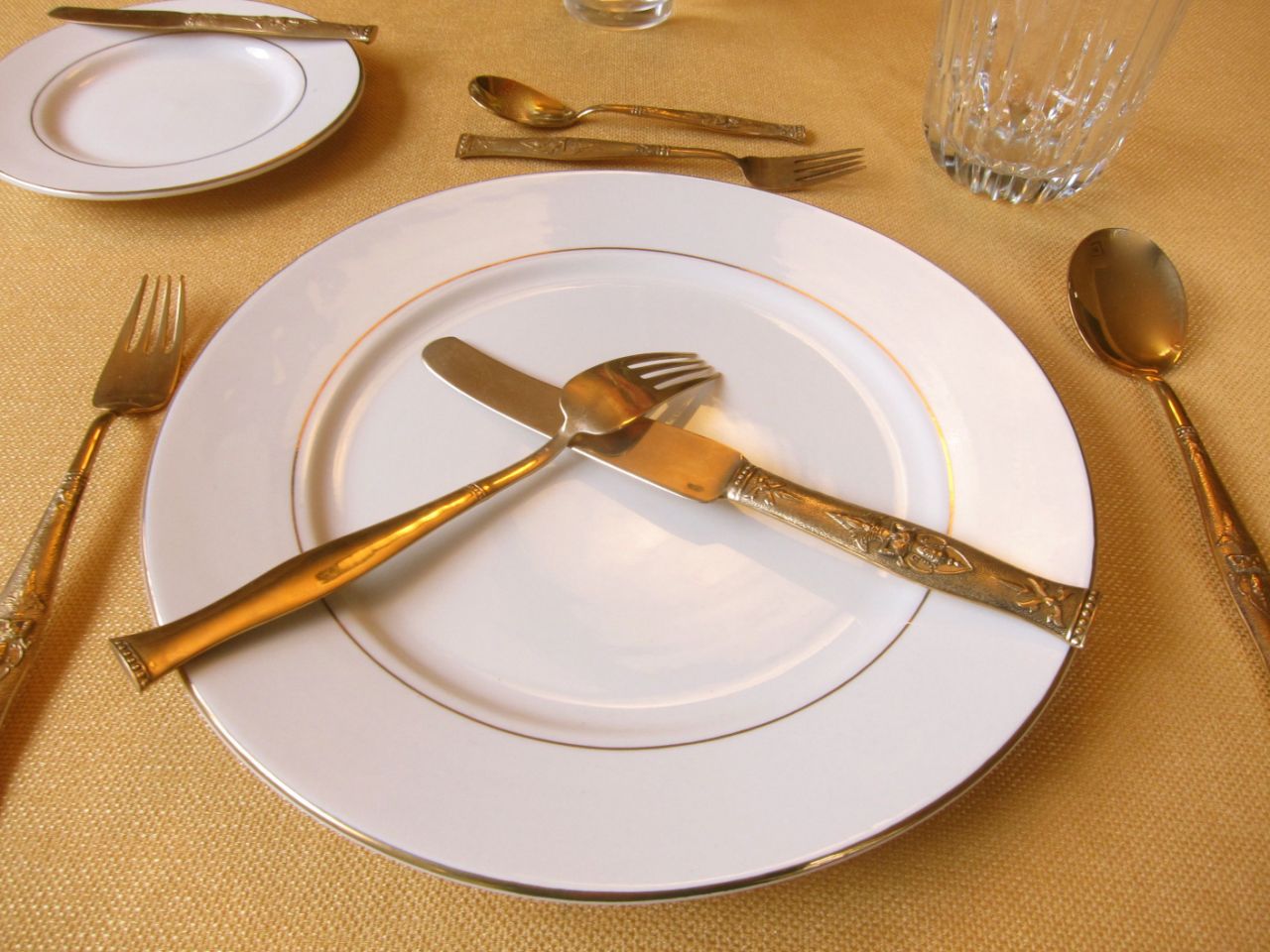
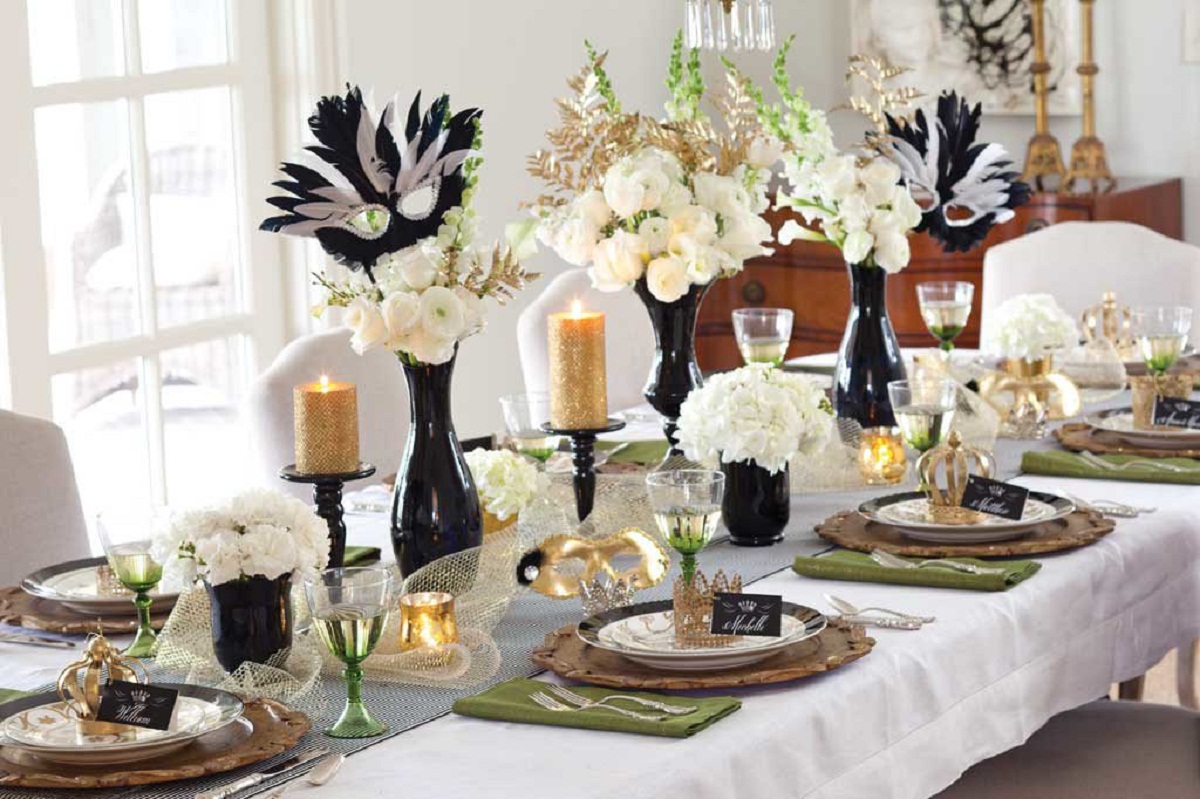

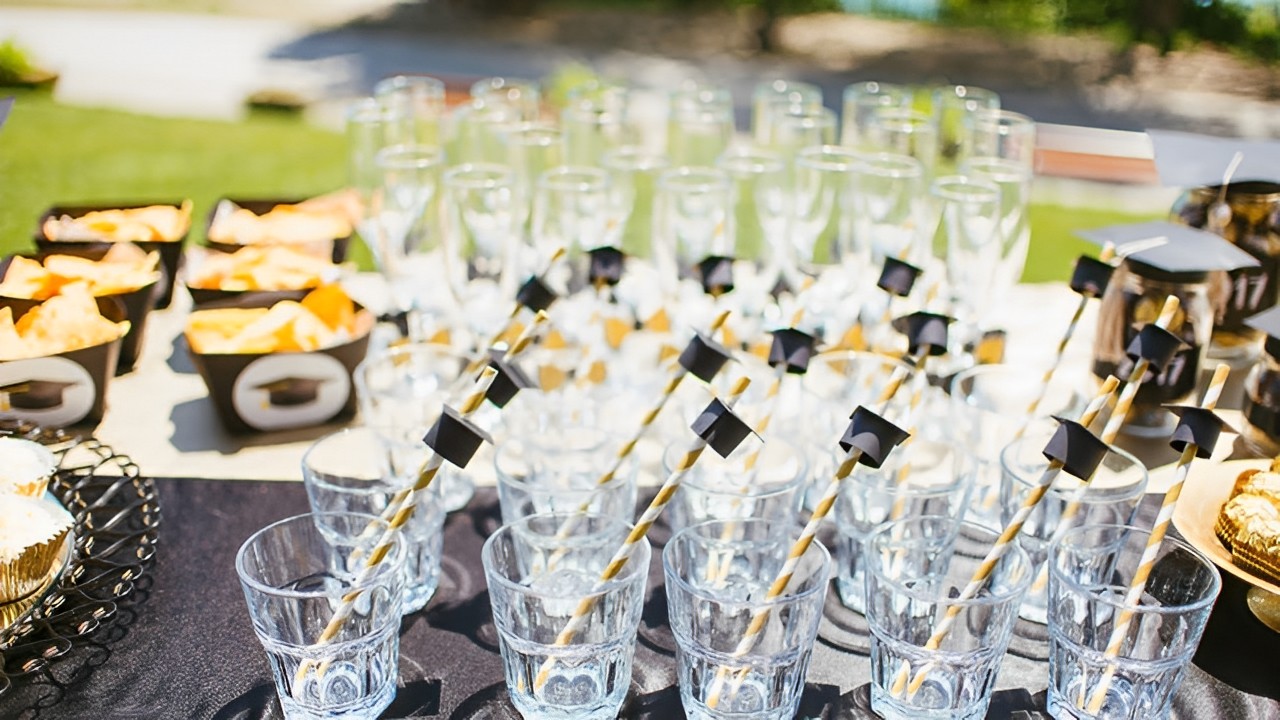
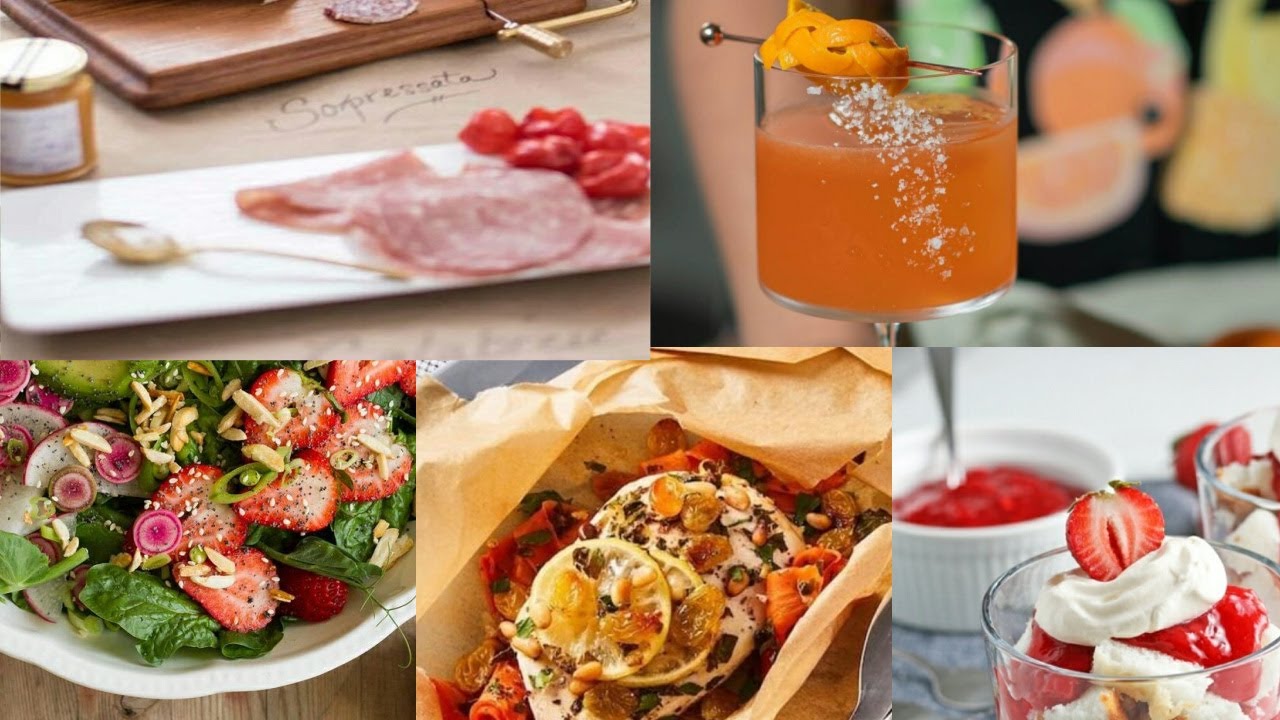
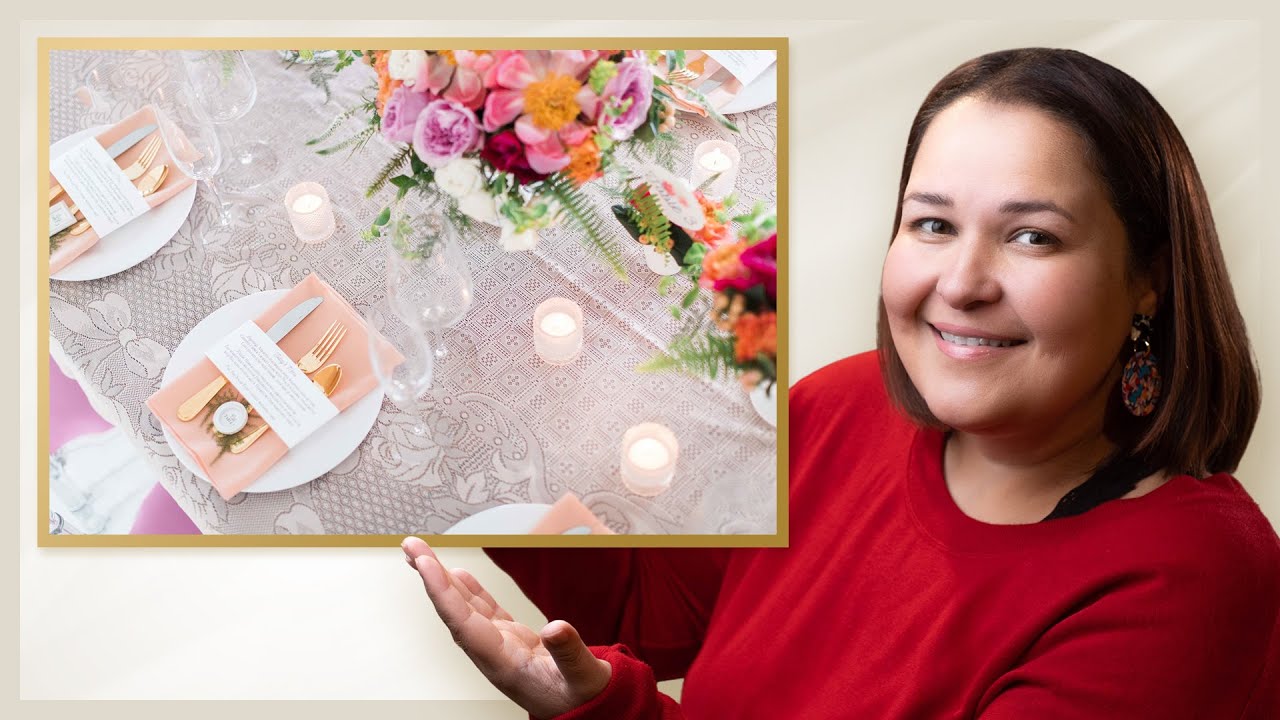
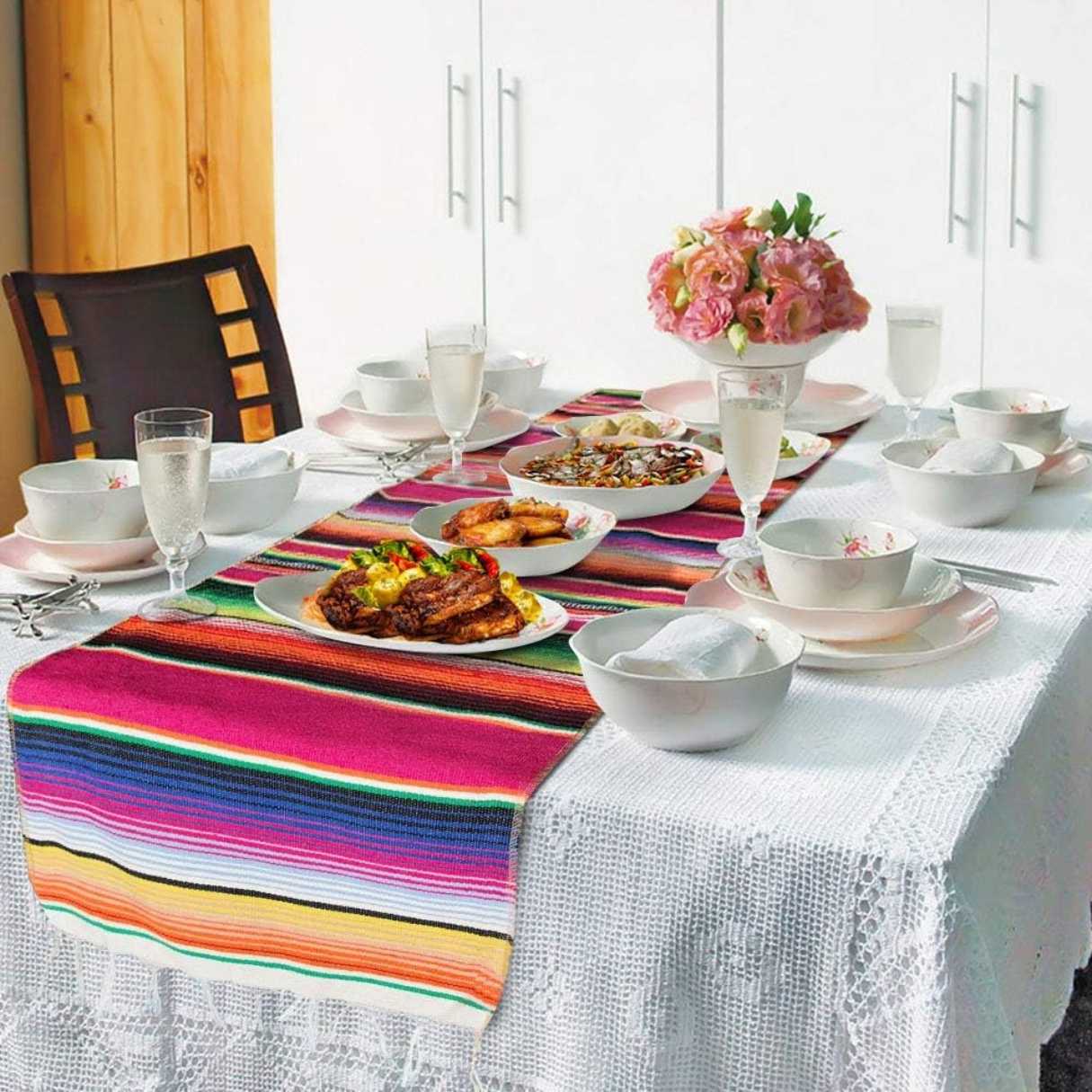
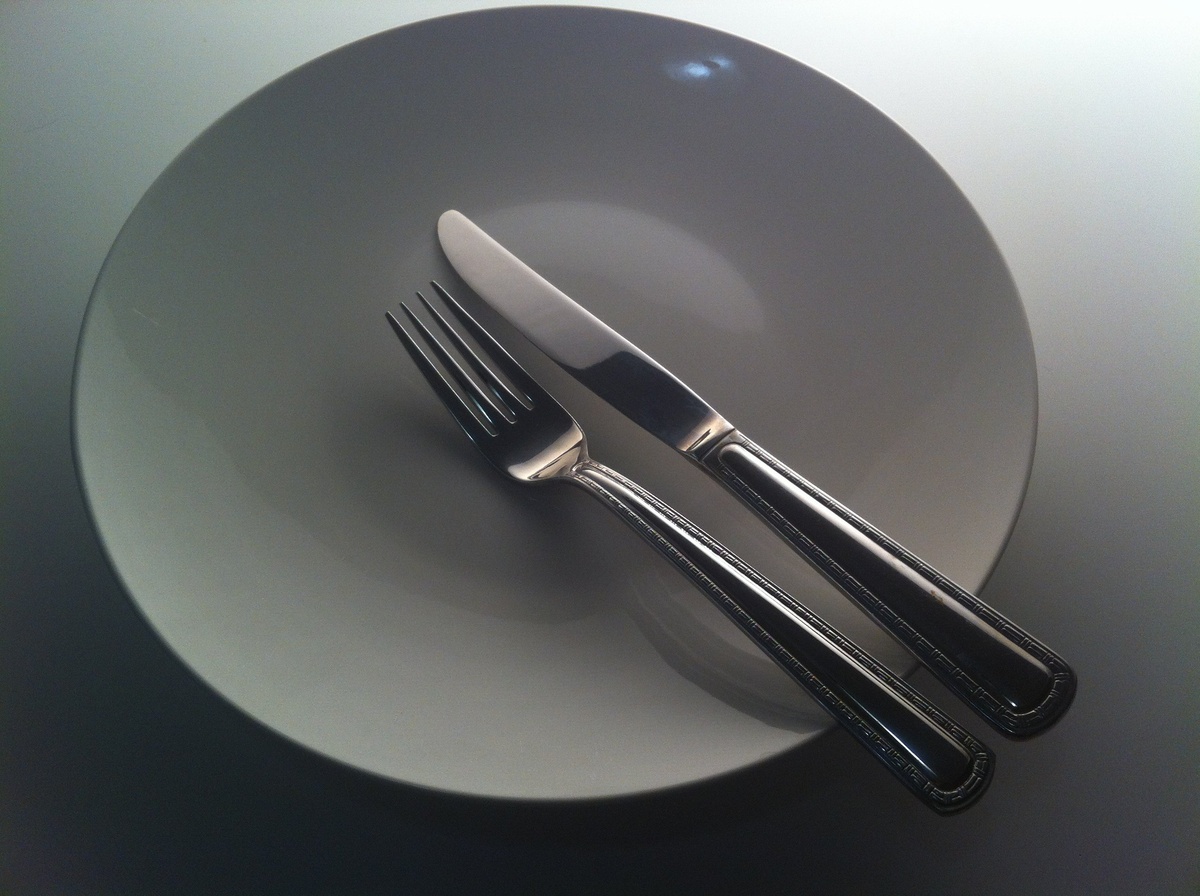
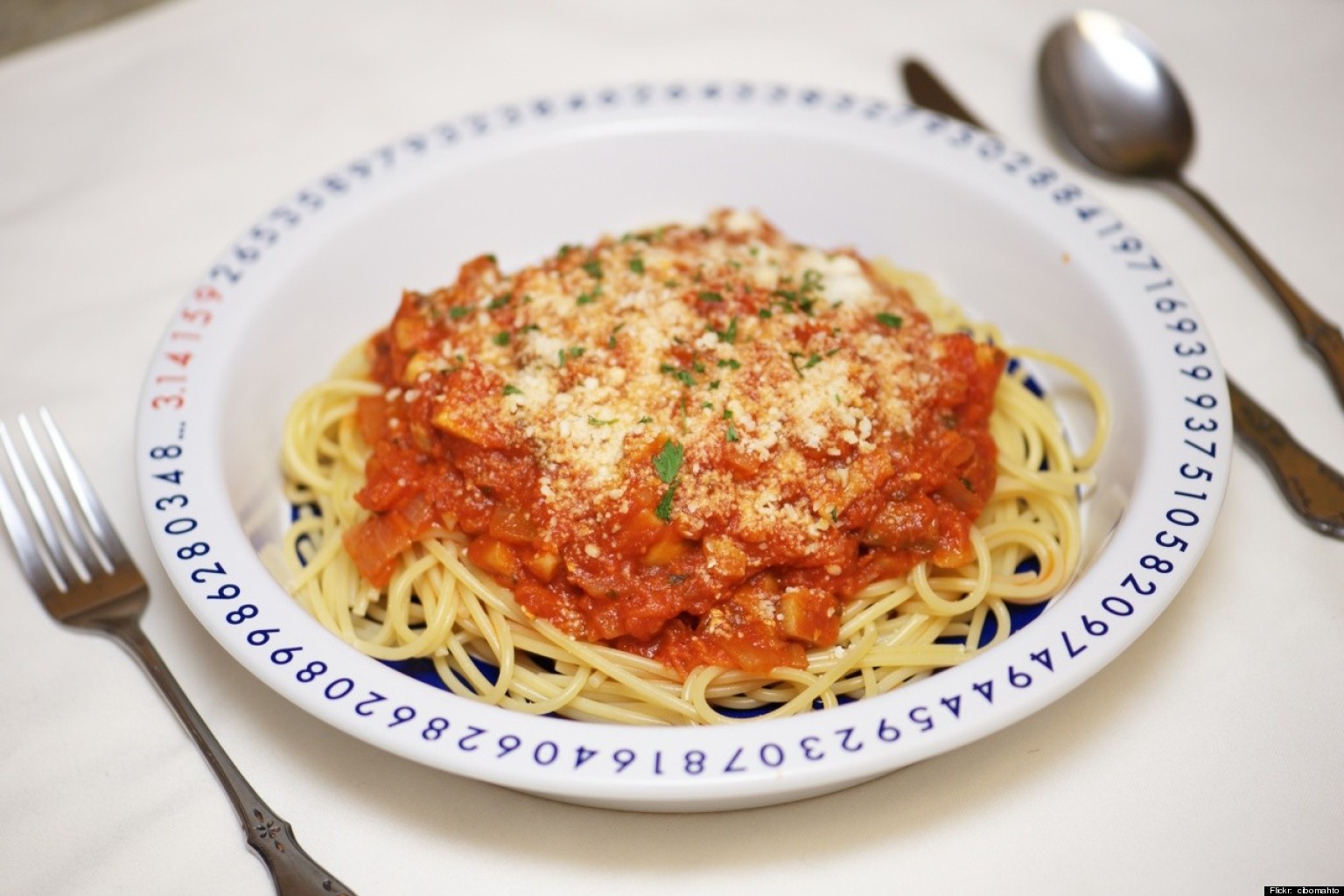
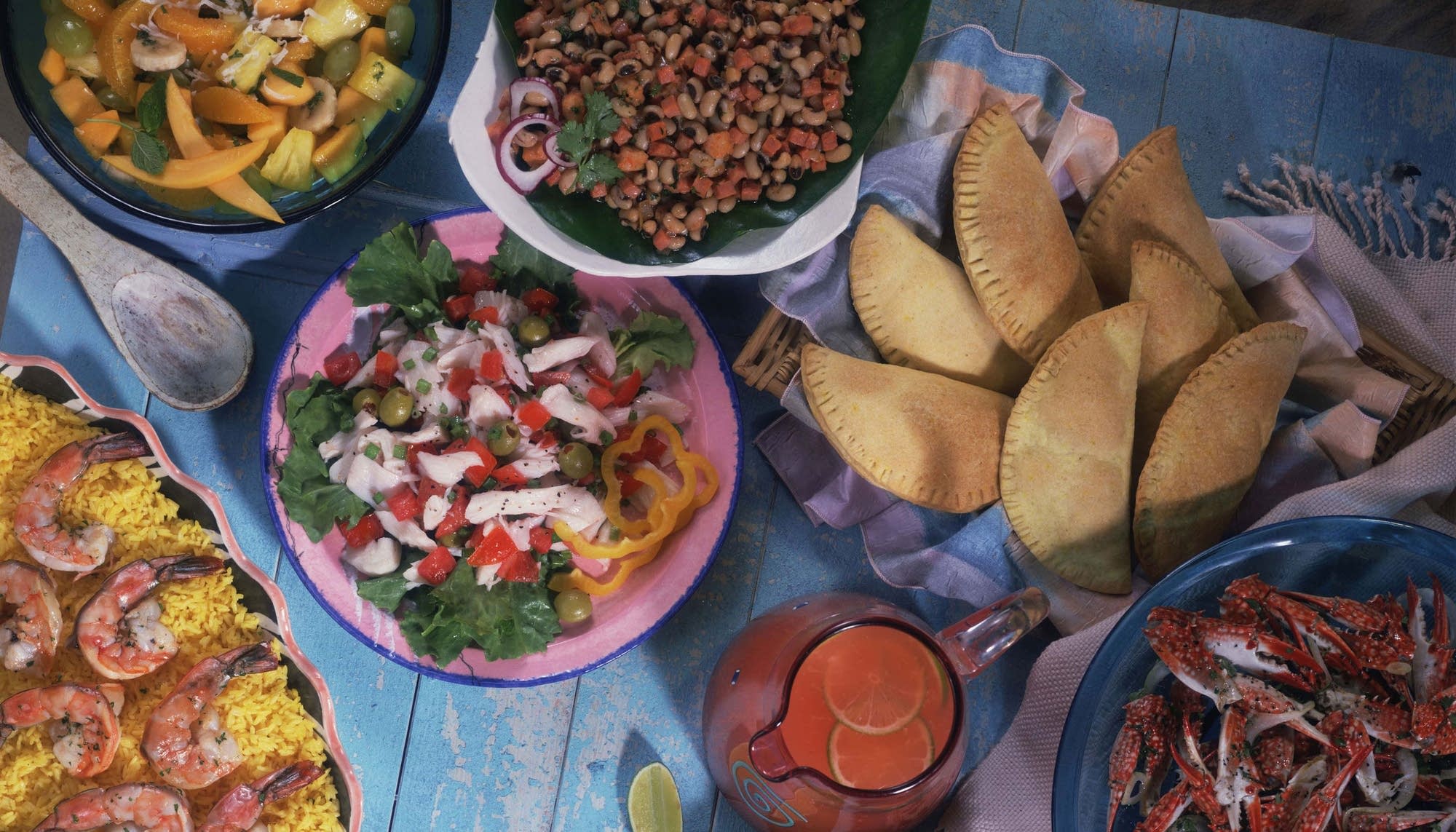
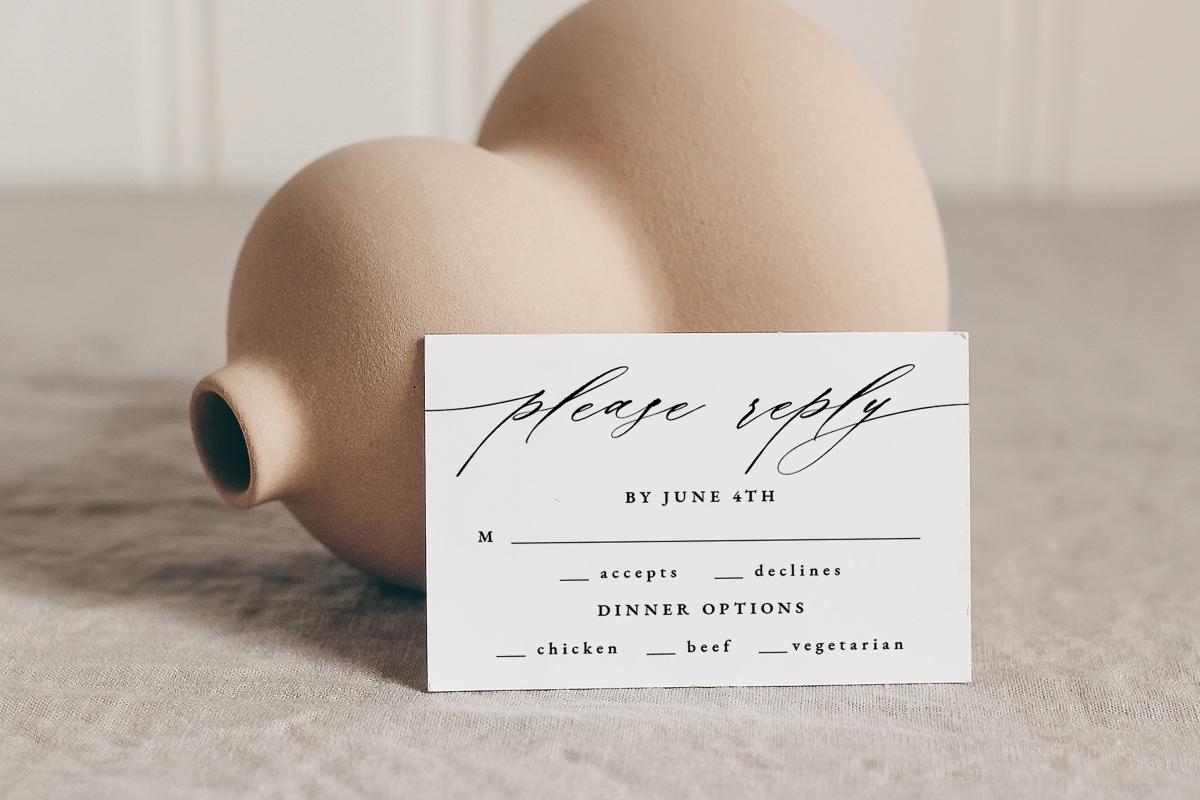

0 thoughts on “How Do Mexicans Set A Dinner Table: Manners”